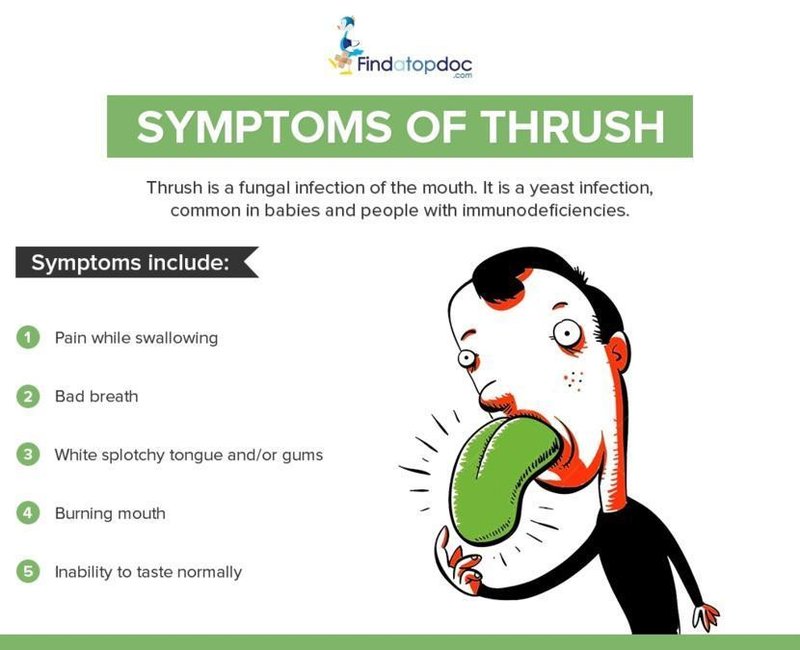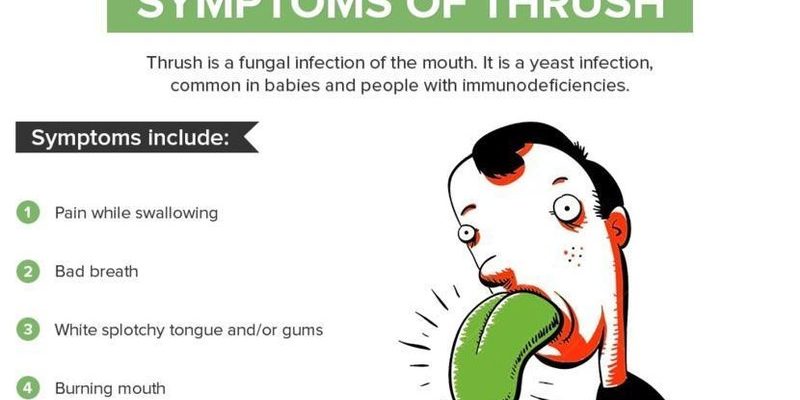
Imagine stepping into a sun-dappled forest, the air filled with melodies swirling around you. That’s the delightful experience of encountering a thrush. These small to medium-sized songbirds are renowned for their enchanting songs and captivating behaviors. With more than 300 species spread across various habitats, thrushes are primarily found in Europe, Asia, and North America. Each species brings its own unique character to the birdwatching scene, making them a favorite among nature enthusiasts.
Thrushes belong to the family Turdidae and are easily recognized by their plump bodies, long legs, and distinctively patterned feathers. The most commonly known thrushes include the American Robin, the Eurasian Blackbird, and the Hermit Thrush. But don’t be fooled by their charming appearance; these birds are fascinating creatures with unique behaviors and adaptations that help them thrive in their environments.
Physical Characteristics of Thrushes
When you look at a thrush, several features stand out. Most thrushes have a robust body, and their size can vary significantly depending on the species. For instance, an American Robin typically measures around 9 to 11 inches long, while smaller species like the Hermit Thrush may only reach 7 to 8 inches. Their plumage often displays earthy tones, providing excellent camouflage amidst their woodland habitats. The spotted or speckled breast of many thrushes is a hallmark characteristic, especially in juveniles.
Beyond their size and plumage, thrushes also possess strong legs and feet, ideal for hopping around on the ground as they search for food. Their beaks, typically short and straight, are perfect for catching insects, berries, and fruits—essential components of their diet. Despite their relatively small stature, these birds are known for their resilience and adaptability, allowing them to live in diverse environments from dense forests to open grasslands.
| Species | Length | Wingspan | Weight | Habitat |
| American Robin | 9-11 in | 12-16 in | 7-11 oz | Open fields, gardens |
| Eurasian Blackbird | 9-11 in | 14-16 in | 7-11 oz | Woodlands, parks |
| Hermit Thrush | 7-8 in | 11-13 in | 3-4 oz | Forests, shrubby areas |
Habitat and Distribution
Thrushes are widely distributed across the globe, adapting to a variety of habitats. From temperate forests and shrublands to urban parks, these birds can thrive in numerous environments. In the Americas, you’ll often find them in wooded areas, especially near water sources. In contrast, European thrushes tend to prefer mixed woodlands, where they can find plenty of food and nesting sites.
Climate plays a crucial role in their distribution. Many thrush species migrate seasonally, traveling thousands of miles to find favorable conditions. For instance, the American Robin often migrates south in winter, while the Hermit Thrush prefers to stay within its forested range year-round. Each species has evolved specific behaviors that allow them to cope with changing climates and seasonal variations.
Diet and Feeding Habits
One of the most enchanting aspects of thrushes is their diverse diet. These birds are omnivorous, meaning they consume both plants and animals. Insects, worms, and other invertebrates make up a significant part of their diet, especially during the breeding season when they need extra energy to nurture their young. You might often see them hopping around on the ground, searching for tasty morsels hidden in the leaf litter.
In addition to insects, thrushes are known for their love of fruits and berries. During late summer and fall, when these food sources are plentiful, you’ll find them feasting on a wide variety of berries, including elderberries, blackberries, and cherries. This seasonal behavior plays an important role in seed dispersal, making thrushes vital players in maintaining healthy ecosystems. Their feeding habits are not just essential for their survival, but they also help propagate plant species.
Behavior and Breeding
Thrushes are known for their complex behaviors, especially during the breeding season. Males are often the stars of this show, using their rich, melodic songs to attract females. You might imagine the male as a showman, singing from the highest branch to announce his territory and showcase his vitality. The songs of different species can vary greatly; some are simple and sweet, while others are complex and varied, displaying the individual bird’s personality.
Once paired, thrushes diligently prepare their nests, often built low to the ground in dense vegetation. They typically use grass, mud, and other plant materials to create a cozy space for their eggs. The female usually lays between three to five eggs, which she incubates for about two weeks. After the chicks hatch, both parents work tirelessly to feed them, bringing a mix of insects and fruits to help them grow strong.
Conservation Status
While many thrush species are common, some face challenges due to habitat loss and other environmental factors. Urban development and agriculture have led to the fragmentation of their habitats, making it harder for these birds to find suitable nesting sites and food. Additionally, climate change affects their migration patterns and food availability, presenting further challenges for their survival.
Conservation efforts are crucial for protecting thrush populations. Many organizations work to preserve natural habitats and restore ecosystems, ensuring these beautiful birds continue to thrive. By planting native shrubs and trees in your own backyard, you can create a welcoming environment for thrushes and other wildlife. Supporting local conservation initiatives helps create a better future for these birds and the ecosystems they inhabit.
Interesting Facts about Thrushes
Thrushes may seem like ordinary birds, but they are full of surprises. For instance, did you know that the song of the common blackbird has been studied extensively and is known for its incredible variability? Researchers have found that younger males often mimic the songs of older, more experienced males to seem more appealing to potential mates.
Another fascinating tidbit is the role of thrushes in mythology and folklore. Many cultures have revered these birds for their sweet songs and their connection to nature. In some traditions, thrushes symbolize joy and happiness, often seen as messengers of spring. Their songs have inspired countless poets and musicians, capturing the hearts of many with their beauty.
Thrushes are more than just lovely birds gracing our gardens and forests—they are key inhabitants of our ecosystems. From their beautiful songs to their diverse diets and complex behaviors, they enrich our lives and the natural world around us. As we continue to explore and appreciate these birds, it’s essential to recognize the importance of conservation efforts. By understanding their needs and supporting their habitats, we can ensure that future generations will also experience the warmth and joy that thrushes bring into our lives.
FAQ
What is the most common type of thrush?
The American Robin is perhaps the most widely recognized thrush in North America. Known for its cheerful song and bright orange-red breast, this bird is often seen in gardens and parks, especially during the spring and summer months. Its adaptability to urban environments has made it a favorite among birdwatchers and casual observers alike.
How can I attract thrushes to my garden?
Attracting thrushes to your garden is easier than you might think! Start by planting native shrubs and trees that produce berries, such as elderberries or dogwoods. These provide food and shelter for thrushes. Additionally, creating a small water source, like a birdbath, can encourage them to visit. Keeping your garden free of pesticides is also crucial, as thrushes feed on insects and need a safe environment to thrive.
Do all thrushes migrate?
No, not all thrush species migrate. Some, like the Hermit Thrush, may remain in their breeding habitats throughout the year. However, others, like the American Robin, migrate south in response to changing seasons and food availability. Migration patterns can vary greatly among different thrush species, influenced by climate and geographical location.
Are thrushes social birds?
Thrushes can exhibit both social and solitary behaviors depending on the season. During the breeding season, males often establish territories and can be quite protective of their space. However, outside of breeding, thrushes may form small flocks, especially during migration or when foraging for food together. This social behavior can enhance their survival chances by providing safety in numbers.
What do baby thrushes eat?
Baby thrushes, or chicks, are primarily fed a diet rich in protein, which consists mostly of insects and their larvae. Adult thrushes will hunt for food and bring it back to the nest, where they feed the chicks until they are big enough to forage on their own. As the chicks mature, fruits and berries become part of their diet as well.
How do thrushes communicate?
Thrushes use a variety of vocalizations to communicate with one another. Their songs are perhaps the most notable, especially during the breeding season when males sing to attract females and establish their territory. In addition to songs, thrushes also use calls for different purposes, such as warning about predators or signaling their presence to others. Each species has a unique set of calls and songs, adding to their charm.
Can thrushes be kept as pets?
Keeping thrushes as pets is generally not recommended. These birds are wild and thrive best in their natural habitats. Many countries have strict regulations regarding the capture and keeping of wild birds. Instead, consider observing thrushes in your backyard or local parks, where you can enjoy their beauty while respecting their need for a natural environment.
What role do thrushes play in their ecosystem?
Thrushes play an essential role in their ecosystems as insectivores and seed dispersers. By consuming insects, they help control pest populations, while their love for berries aids in the propagation of various plant species. This mutual relationship supports biodiversity and contributes to the health of their habitats, demonstrating how interconnected all living organisms are.
Are thrushes affected by climate change?
Yes, thrushes, like many other bird species, are affected by climate change. Changes in temperature and precipitation can alter their migratory patterns, breeding times, and availability of food sources. Habitat loss due to climate-related factors also poses a significant threat. Conservation efforts aimed at preserving their habitats are crucial to ensure the survival of these enchanting birds in a changing world.
What is the lifespan of a thrush?
The lifespan of a thrush can vary significantly depending on the species and environmental factors. On average, thrushes can live anywhere from 2 to 8 years in the wild. Some species might live longer, particularly in protected environments. Factors such as predation, food availability, and habitat quality play a critical role in determining their lifespan.
How can I identify different species of thrush?
Identifying different species of thrush can be a fun challenge! Start by observing their size, coloration, and behavior. Use field guides or bird identification apps to help you recognize specific species. Pay attention to their songs and calls, which can be distinct and are often the easiest way to tell them apart. Engaging with local birdwatching communities or resources can also enhance your learning experience.

